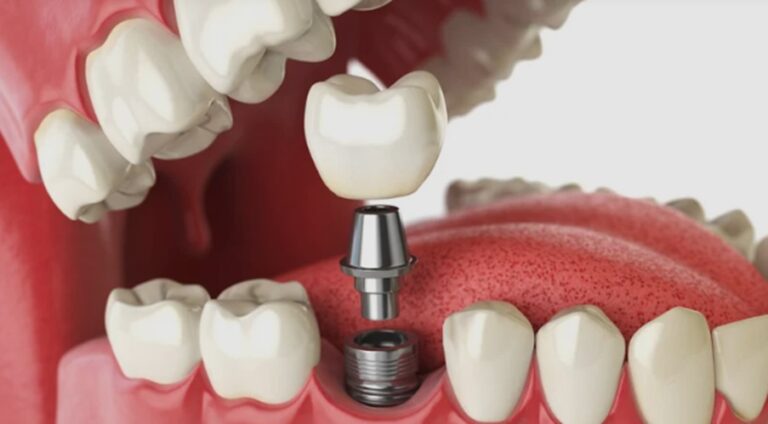
Decay or infection can eventually cause damage to the pulp, which is inside an infected tooth. If that happens, just a filling won’t suffice, and your dentist will have to consider an endodontic treatment called root canal therapy. Most clinics that offer dental care in Midtown Manhattan offer the procedure, and it is a very safe and effective way of saving an infected tooth from extraction. Here’s more on the process of a root canal at a glance.
When do you need root canal therapy?
Your dentist may recommend root canal treatment when the decay is deep enough and has impacted the soft core inside, known as the pulp. You may have symptoms like an abscess in the gums, toothache, and sensitivity to hot and cold foods and beverages. Some patients may not have any symptoms, but the dentist may find a deep decay or infection when doing a routine exam or through x-rays. A root canal process is done when the living tissue inside the tooth is affected or there is trauma or injury to a tooth.
Does root canal therapy hurt?
The short answer is no. Your dentist will use local anesthesia to numb the tooth and surrounding gums, and you can expect to go home the same day. You may have to see your dentist at least a few times for root canal therapy, but it also depends on the extent and nature infection. The structure of an infected tooth may also make it hard to complete the procedure.
How is root canal therapy done?
Your dentist will numb the tooth and create an access opening which will allow the dentist to remove the pulp, tissues, and decay. Think of this as a way of killing the tooth from the inside, and the procedure is done using root canal files. The treated tooth is then cleaned with special solutions and sealed with a permanent filling. If more sessions are required, your dentist may use a temporary filling in between. You will also need a crown after root canal therapy as the tooth is weak and needs extra support.
Final word
Though a common endodontic procedure, root canal therapy is often associated with pain and discomfort, which doesn’t have to be true. Just ensure that you select a dental clinic that’s reliable and worth your trust. Your dentist can also guide you on the dos and don’ts to follow after the procedure.




